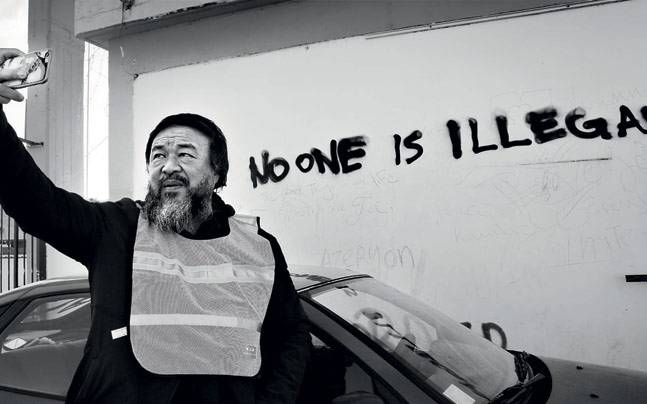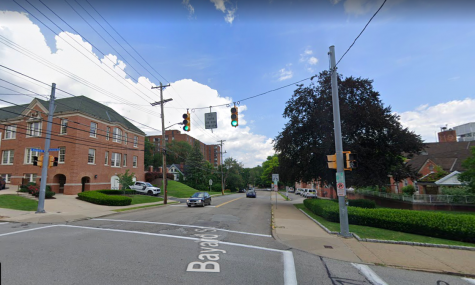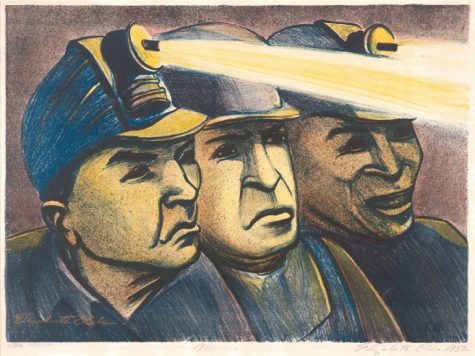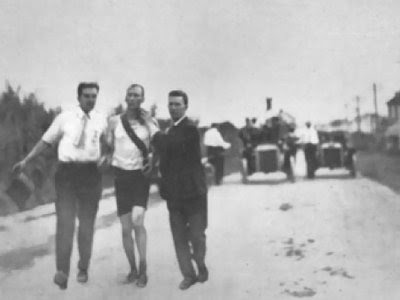Ai Weiwei: An activist, artist, or both?
World renowned artist Ai Weiwei had his work featured this past summer in two notable Pittsburgh museums: the Carnegie Museum of Art and the Andy Warhol Museum. His work was strongly received in Pittsburgh, with many of his speaking events selling out throughout the summer. The Warhol exhibited the Chinese artist’s work from his time spent in New York City during the 1980s and 90s, as well as several of his pieces from the early 2000s. The Carnegie, on the other hand, displayed “Zodiac Heads/Circle of Animals” in their Hall of Architecture. While both exhibits gave key background information about the artist and his work, Ai’s current work and constant political activism often gets lost in the flurry of celebration for what he did before.
First and foremost, Weiwei considers himself an activist who uses art as a tool to draw attention to topical issues. Born and raised in China during the onset of the Cultural Revolution, Ai often criticizes the Chinese government and what it tries to hide through his work.
The 2008 Sichuan earthquake created a foundation for dissidence within the framework of China’s political atmosphere. Government-built schools crumbled, killing around 5,000 students of all ages. The exact death toll is unknown because China’s government refuses to release any names or records of those affected by the failure of the infrastructure. Some reports hint that these schools built by the government used inadequate materials. Following the tragedy, activists often visited the shites and published material about the damage done to the community. Weiwei searched for the families of the children killed in the natural disaster and began to compile a list of the deceased.
He published the information he found online, on a blog that was eventually shut down. On his Twitter (@aiww), he publishes the names of students on their birthdays to remind the public of the tragedy that the Chinese government would not investigate, or even formally recognize. He made an installation around this subject involving 9,000 backpacks spelling out a quote from a parent of a late student, saying “She lived happily on this earth for 7 years.”
In 2011, Weiwei was detained due to his inflammatory work targeting China’s communist government. After his release 81 days later, China enforced a travel ban on Ai, forcing the dissident to remain in China for four years. At the end of the ban, he traveled to Berlin where he currently runs his main studio.
Although his honoring of the students affected in the Sichuan earthquake continues to serve as a side project, his current work deals with the state of Syrian refugees. Weiwei recently came under scrutiny after he recreated the picture of Aylan Kurdi, the Syrian toddler whose body washed up on the shore. A strong supporter of providing sanctuary for political refugees, Ai Weiwei has also created installations in Vienna and Berlin, inserting himself in the ongoing narrative surrounding the controversy of refugees in Europe.
Weiwei is just as much an activist as an artist, and reminds us that art can serve as a place of solace or inspiration for even the most fervent among us.










